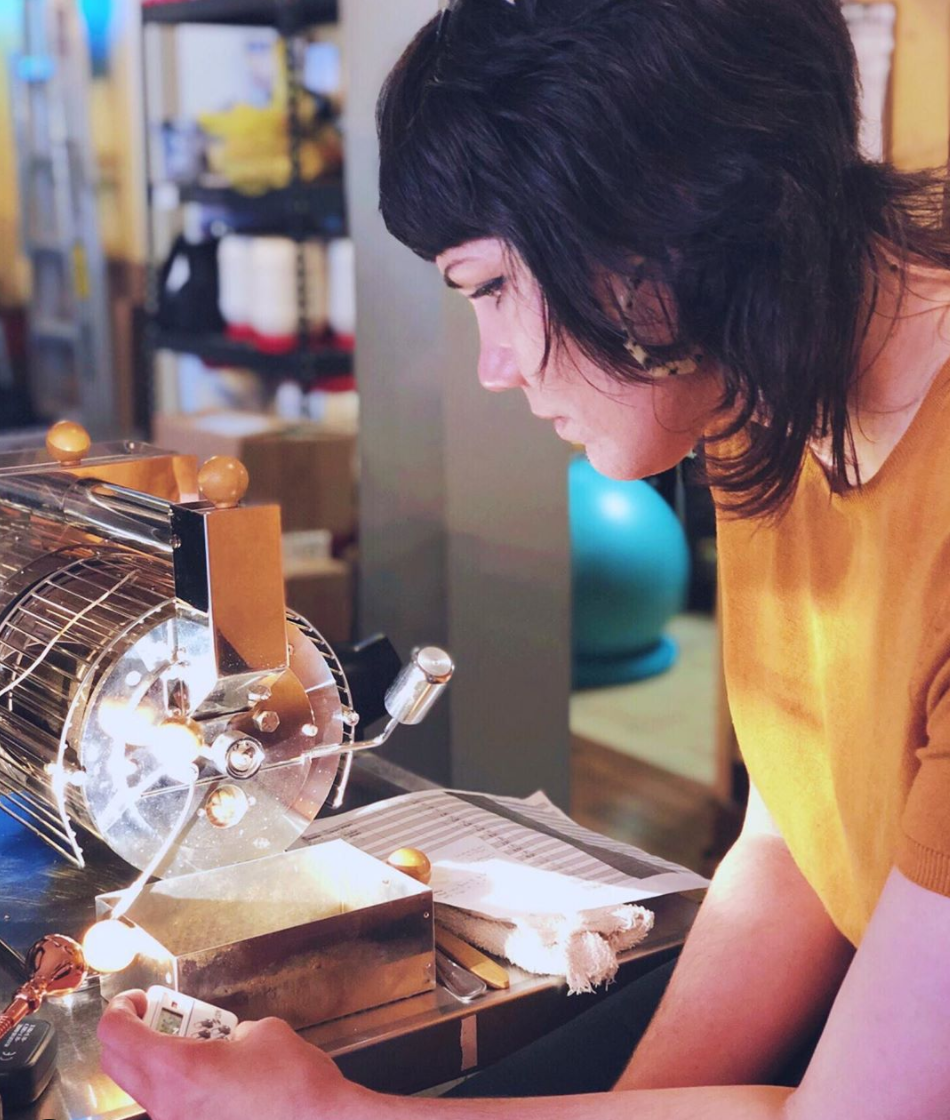How Do We Choose Our Coffees?
How do we choose our coffees? There are two factors that we consider when curating our coffee selection: long-term relationships with the farmers and quality. Today, we will go into detail about how we evaluate quality.
When we receive samples of green beans (unroasted, and technically seeds!) from farms and importers, we look for defects and consistency of size according to the standards of the Specialty Coffee Association (SCA). A coffee sample can have two types of defects: Category I or Category II.
In a sample, Category I defects may include blackened beans, sour beans, and we’ve even found teeth! Category II defects may include coffee parchment, broken, chipped, or deformed beans, insect damage, and other partial damage.
A specialty-grade coffee must have no Category I defects and up to five Category II defects. Even too many mill-damaged beans or beans that are too big or small can affect the taste of a cup of coffee because they don’t roast evenly, thus affecting the brew. That is why it is important to us, in part, that we look for defects before we commit to purchasing a coffee.
For both the new green coffee we receive and the coffee we store, we look for a moisture range within 9-12% to avoid mold and bacterial growth.
It’s difficult to know what a coffee will taste like based off of just the green beans, so once we’ve graded a green coffee and found that it has a low defect ratio and the right moisture level, we pop it in the sample roaster!
The perfect roast is a combination of timing and temperature - both of these factors affect what flavors are brought out in the coffee. For example, for a dense, natural process coffee we may intensify the first phase of a roast (apply higher temperature for a shorter period of time) while shortening the last phase of the roast to highlight the aromatics and acidity of the coffee. Our roaster figures out how to best highlight the uniqueness of each coffee, and roasts it to perfection.
Finally, we are at the tasting stage. We coarsely grind the beans, add them to a wide-mouthed cupping cups without a filter, and evaluate and take notes on the aromas of the dry grounds.
Then, we pour water heated to 208F to the grounds. The gasses trapped in the coffee will cause the grounds to float up to the surface, forming a “crust.” We make sure not to disturb the crust, as it helps trap heat and aromas of the coffee.
After four minutes, we get our noses as close as possible, break the crust with a spoon, and smell the aromas that are released as the crust is broken.
Throughout this whole process we take notes: does it smell floral, fruity, nutty, chocolaty? We do the same when we taste the coffee: is it mellow, acidic, winey, citrusy? Is the texture of the coffee heavier or lighter? Is there an aftertaste? What is the aftertaste?
After discussing the flavors and aromas, we compare notes and make a decision: do we already have something that tastes like this, or is this something pleasantly different that we and our community will enjoy?
We are very intentional about the coffees we roast and serve, and hope you will love them as much as we do!



